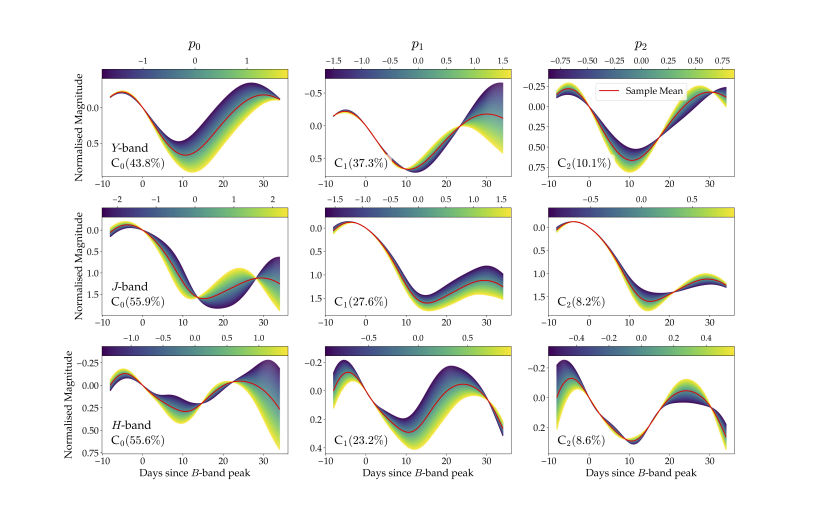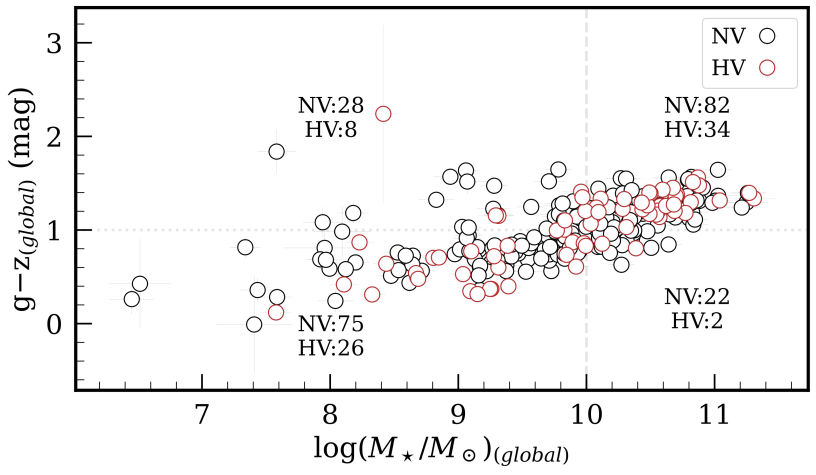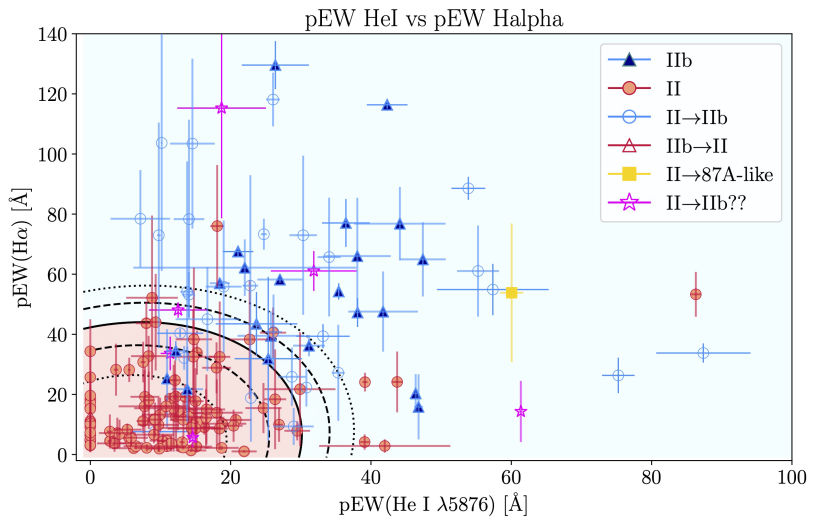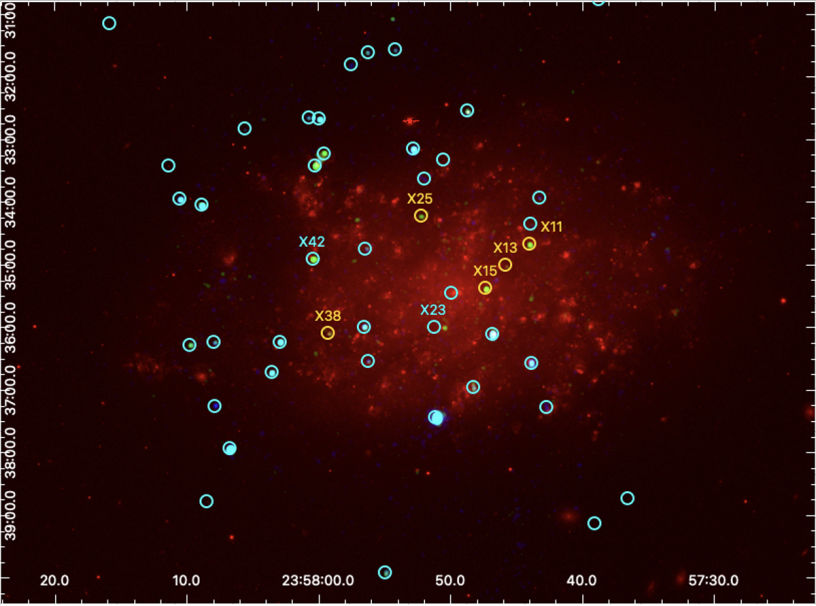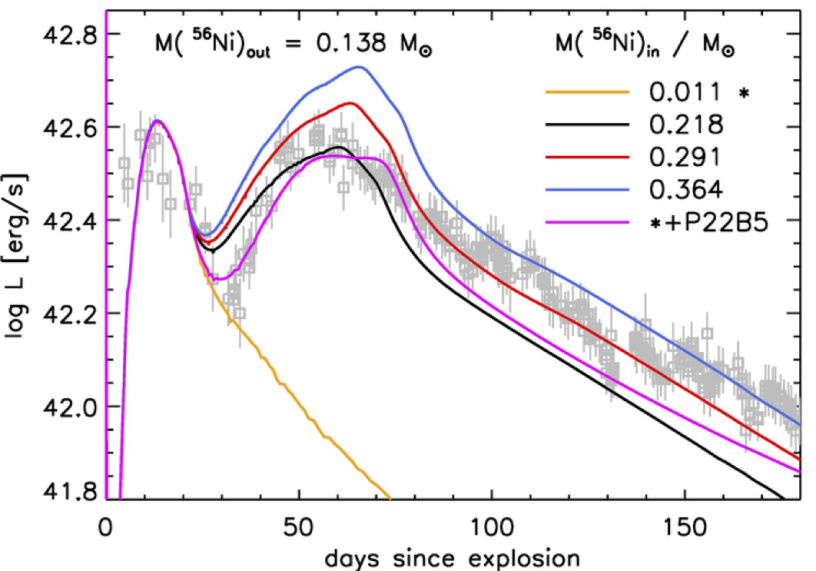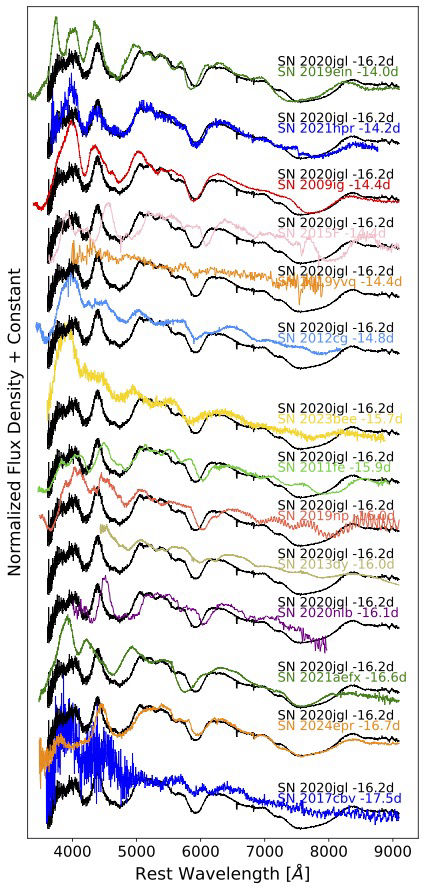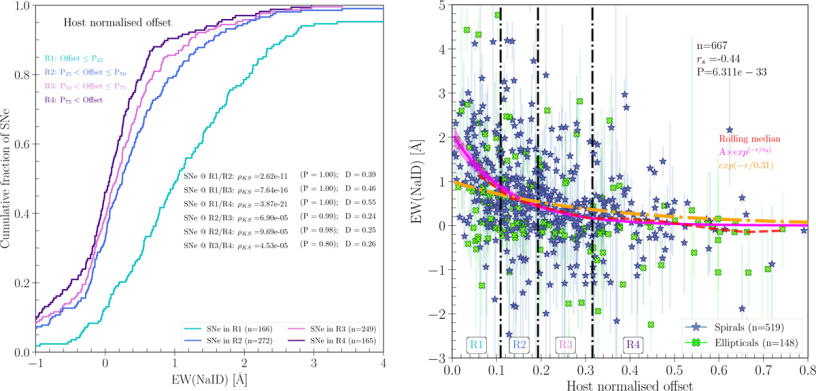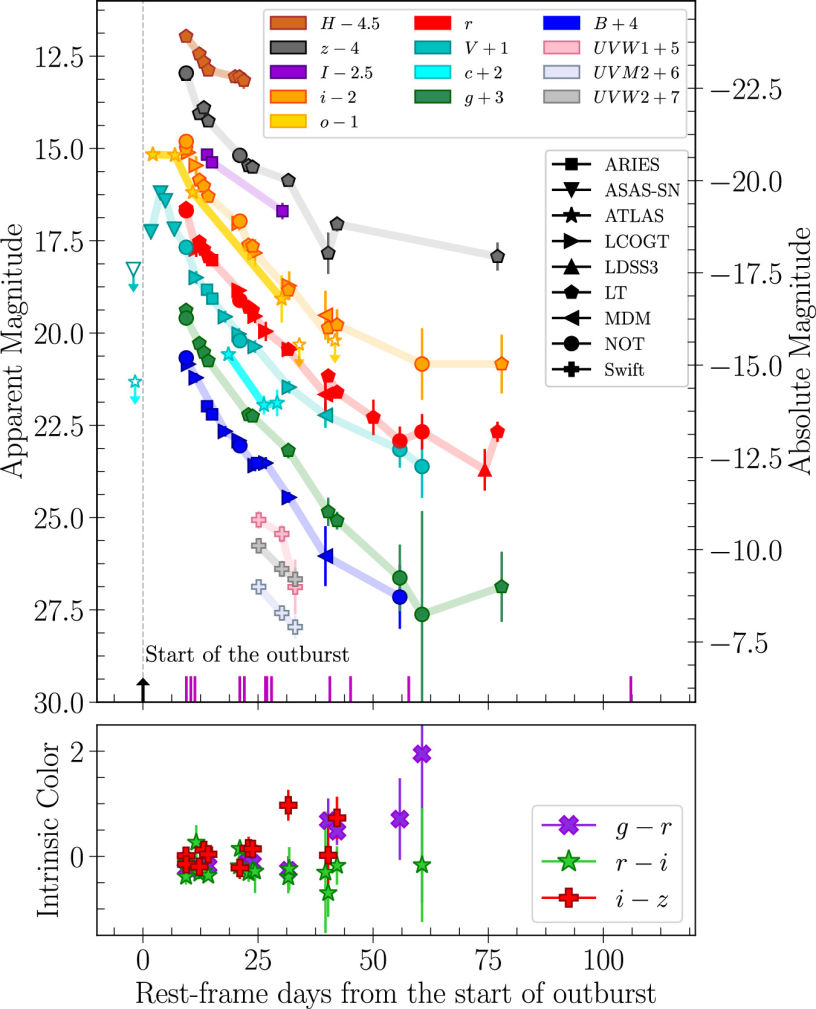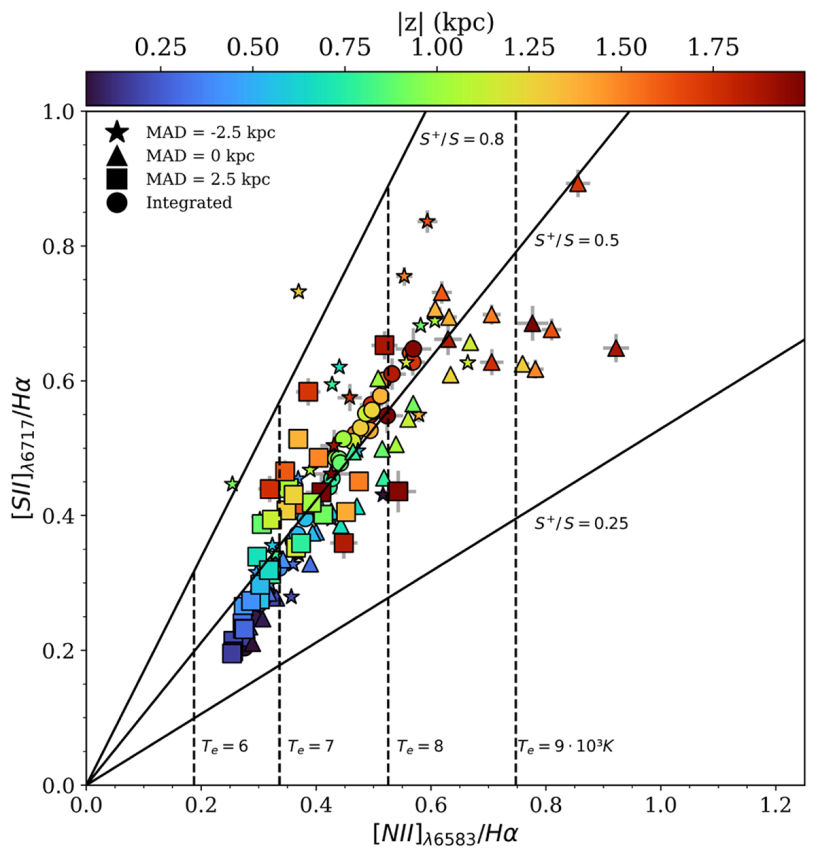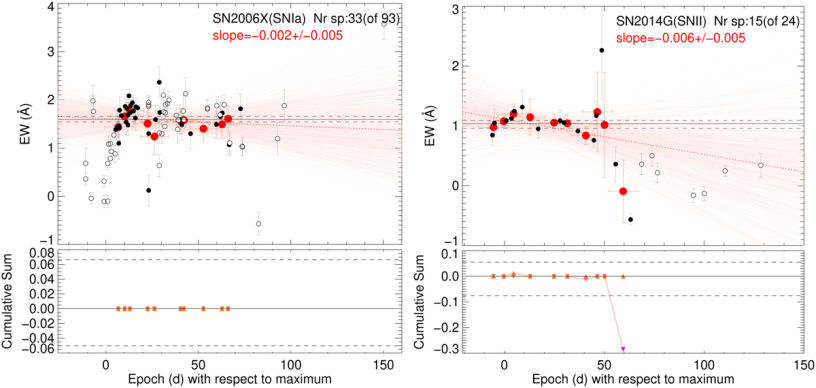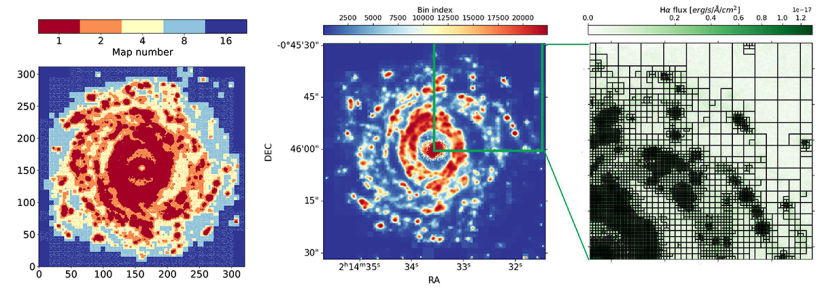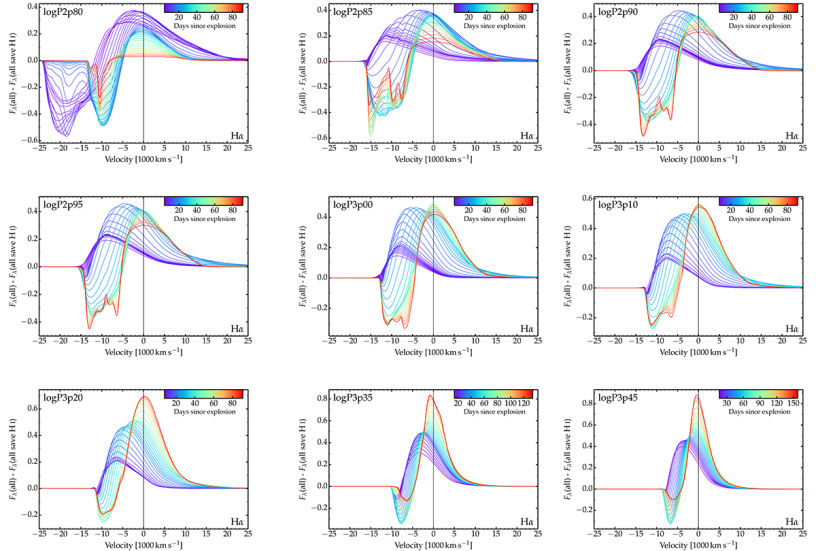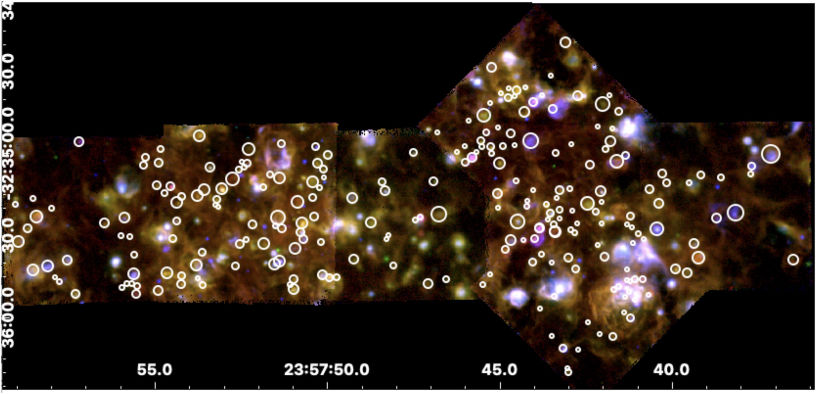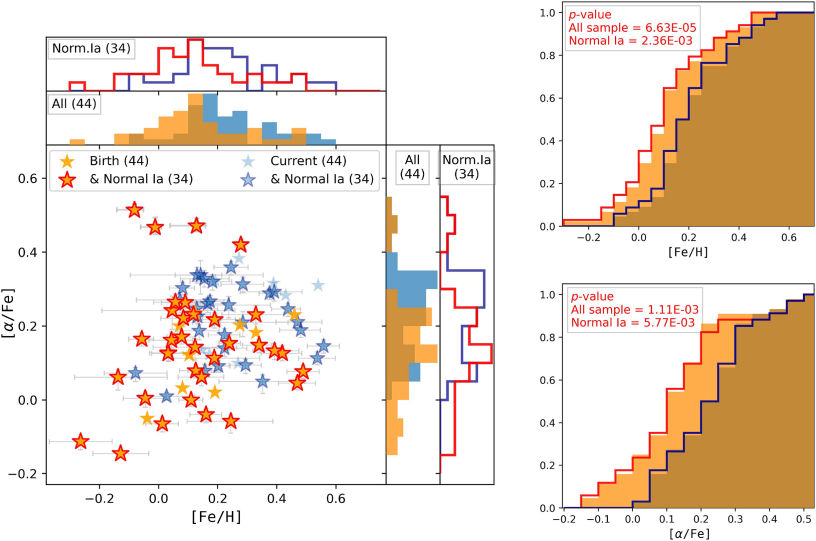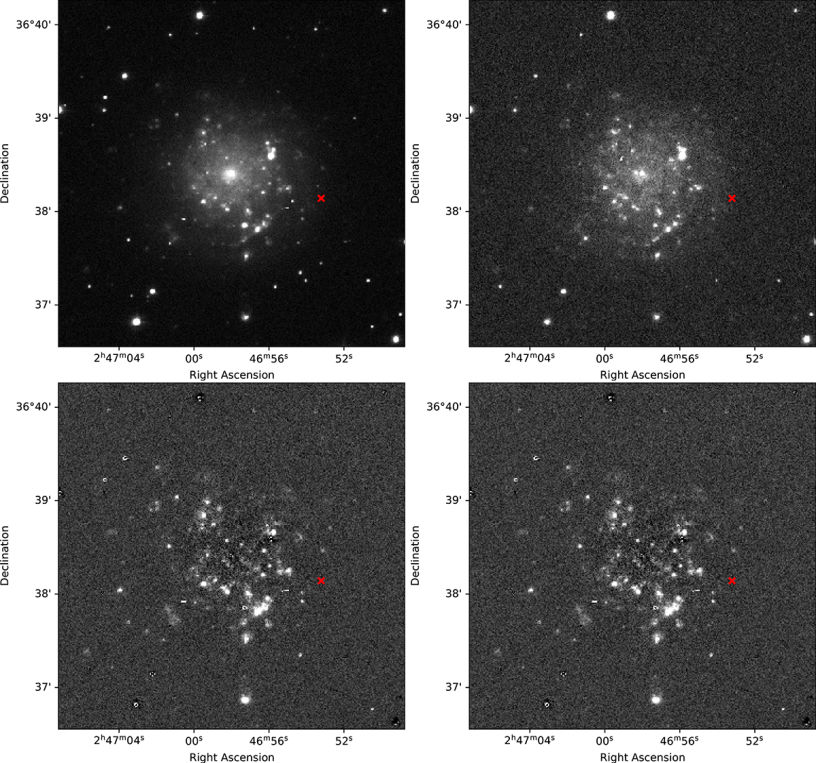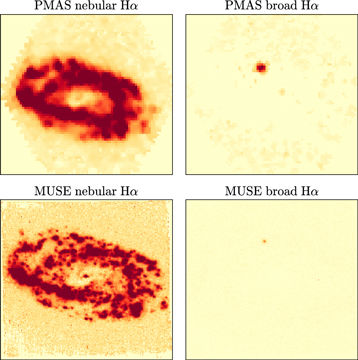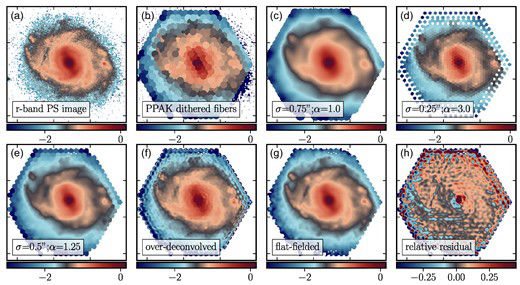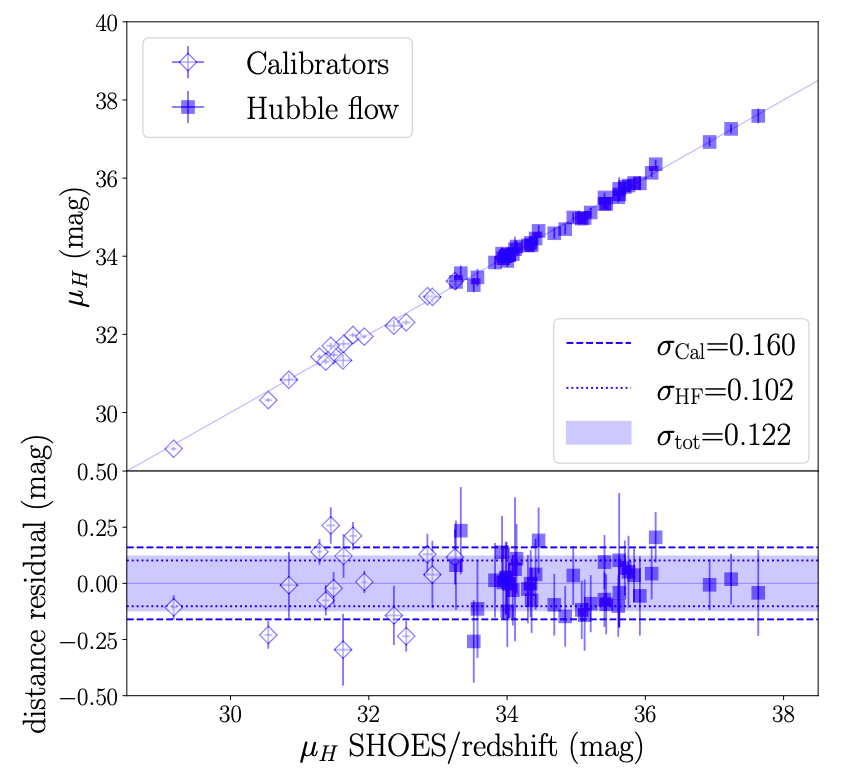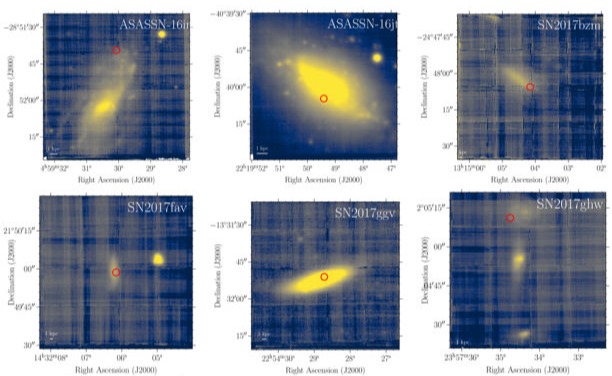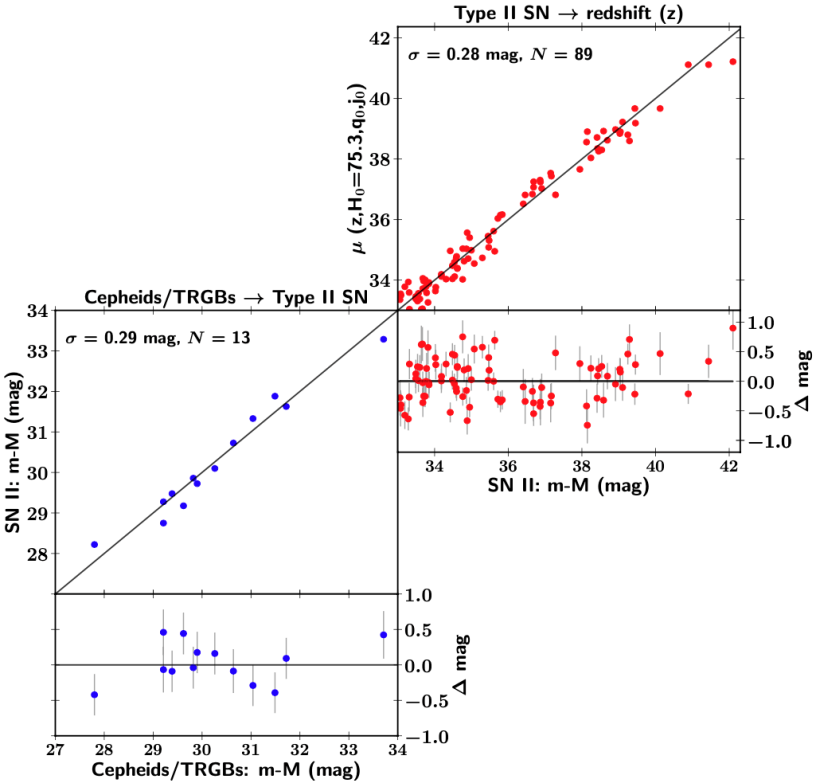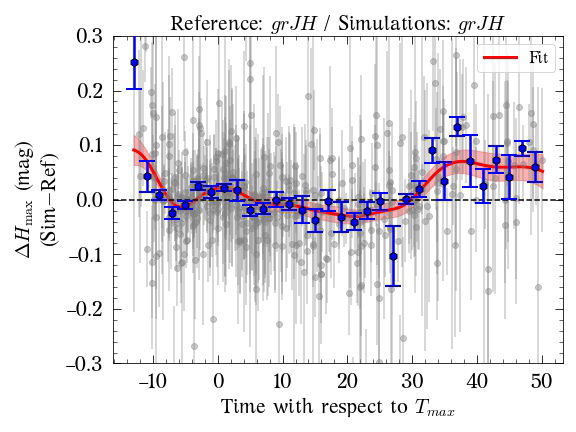Analyzing type Ia supernovae near-infrared light curves with Principal Component Analysis
Type Ia supernovae (SNeIa), the thermonuclear explosions of C/O white dwarf stars in binary systems, are phenomena that remain poorly understood. The complexity of their progenitor systems, explosion physics and intrinsic diversity poses not only challenges for their understanding as astrophysical objects, but also for their standardization and use as cosmological probes. Near-infrared (NIR) observations offer a promising avenue for studying the physics of SNeIa and for reducing systematic uncertainties in distance estimations, as they exhibit lower dust extinction and smaller dispersion in peak luminosity than optical bands. Here, Principal Component Analysis (PCA) is applied to a sample of SNeIa with well-sampled NIR (YJH-band) light curves to identify the dominant components of their variability and constrain physical underlying properties. The theoretical models of Kasen2006 are used for the physical interpretation of the PCA components, where we found the 56Ni mass to describe the dominant variability. Other factors, such as mixing and metallicity, were found to contribute significantly as well. However, some differences are found between the components of the NIR bands which may be attributed to differences in the explosion aspects they each trace. Additionally, the PCA components are compared to various light-curve parameters, identifying strong correlations between some components and peak brightness in both the NIR and optical bands, particularly in the Y band. When applying PCA to NIR color curves, we found interesting correlations with the host-galaxy mass, where SNeIa with redder NIR colors are predominantly found in less massive galaxies. We also investigate the potential for improved standardization in the Y band by incorporating PCA coefficients as correction parameters, leading to a reduction in the scatter of the intrinsic luminosity of SNeIa.
